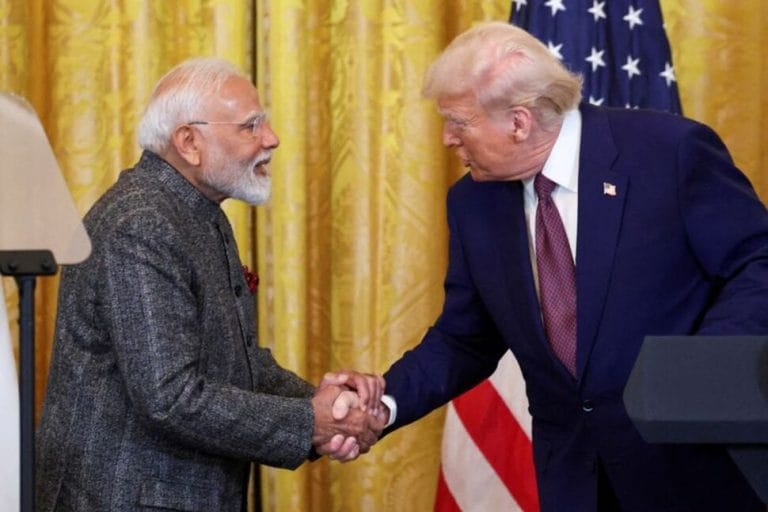🎧 Listen to This Article
India–US Trade Talks Face Breakdown Amid Tariff Threats and Policy Clashes
Bilateral trade negotiations between India and the United States have reached a critical impasse just weeks before a looming 26% tariff deadline, potentially disrupting key sectors and signaling growing geopolitical and regulatory friction between the two nations.
At the heart of the standoff is India’s resistance to lowering tariffs on American agricultural imports, particularly genetically modified (GM) maize and soybean, due to concerns over domestic agricultural livelihoods and health safety. The U.S. administration is pushing for wider market access, while India is seeking zero-duty or preferential access for sectors like textiles, pharmaceuticals, engineering goods, and auto components.
A Complex Matrix of Friction Points
Trade officials report mounting tension over several structural issues:
- GM Crop Imports: The U.S. is urging India to lift restrictions and permit GM crop entry—an issue with high political sensitivity in India’s agrarian landscape.
- Medical Devices & Price Controls: Washington is pressing for the removal of price caps on imported medical equipment, currently regulated by India’s National Pharmaceutical Pricing Authority (NPPA).
- Data Localization Rules: The U.S. wants a relaxation of India’s data localization mandate, which requires companies to store critical user data within Indian borders.
- Section 232 Investigations: Simultaneously, the U.S. has initiated a Section 232 investigation into Indian pharmaceutical imports, opening the door for potential future tariffs under national security grounds—a tactic previously employed for steel and automotive sectors.
The July 9 Deadline and Its Implications
If no interim agreement is reached before July 9, Indian exports to the U.S. may face a 26% levy, under the Trump administration’s updated baseline tariff policy. India’s Commerce Ministry is reportedly dissatisfied with the proposed 10% baseline tariff extended to all countries, arguing that it undermines bilateral trade diplomacy.
Meanwhile, Indian officials are seeking a guarantee of immunity from future unilateral tariff actions, citing the unpredictability introduced by prior Section 232 actions.
Geopolitical Overtones Further Strain Talks
Tensions are exacerbated by recent diplomatic discomfort following U.S. President Donald Trump’s disputed claims about mediating Operation Sindoor, a ceasefire initiative India denies involved U.S. brokerage. This has reportedly damaged the negotiating environment, according to Indian insiders.
What’s at Stake?
The failure to close an interim trade deal may:
- Increase costs for Indian exporters, particularly in pharma and auto parts.
- Disincentivize U.S. agribusinesses from investing in the Indian market.
- Undermine longer-term FDI and supply chain realignments between the two countries.
With talks stalling and tariff escalations imminent, the trade dynamic between the world’s two largest democracies now teeters between strategic cooperation and economic confrontation.
For further details, clarification, contributions, or any concerns regarding this article, please get in touch with us at editorial@tax.news. We value your feedback and are committed to providing accurate and timely information. Please note that our privacy policy will handle all inquiries.



